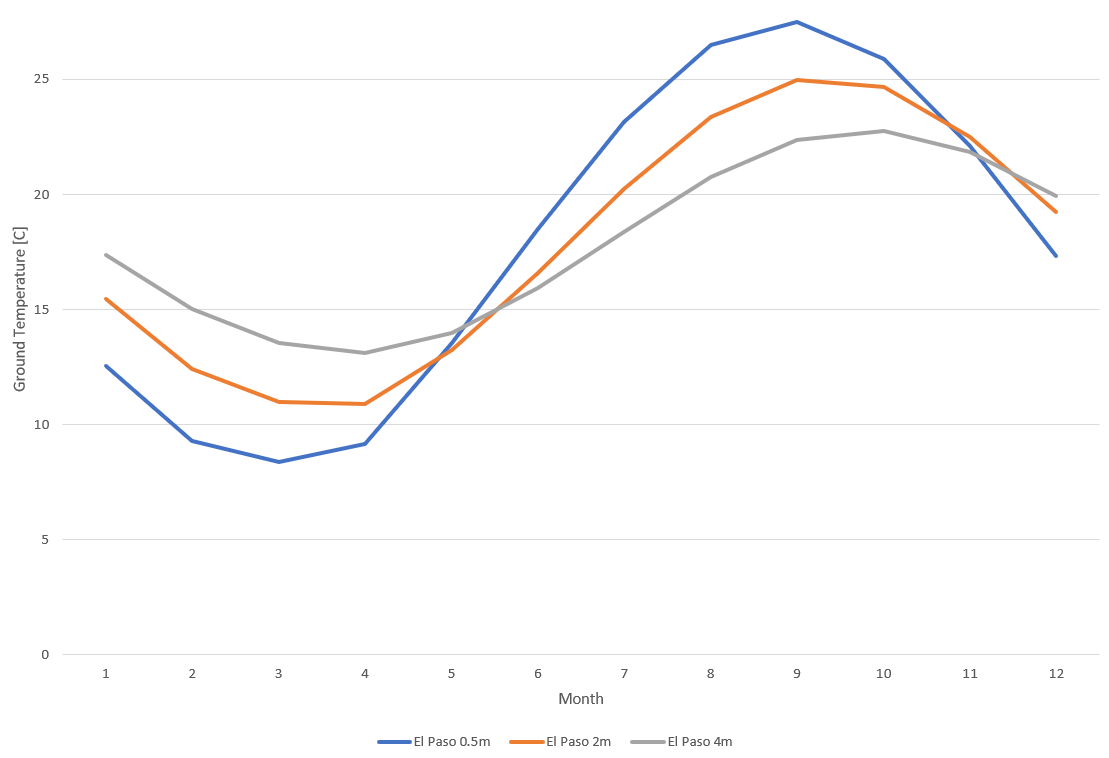Model vertical helical ground heat exchanger in EnergyPlus
We have an experimentally validated model of a helical ground heat exchanger, like this.

A PhD student spent a few years working on this project, and the next step is for him to model it in EnergyPlus. We have a major problem though since the closest object in EnergyPlus is the U-tube and the results don't agree. We're pretty sure the discrepancy comes from the grout in the borehole lying between the dirt and U-tube, versus the helix which is right against the edge of the borehole. The PhD student found that the mean water temperature in the helix is almost the same as the mean borehole wall temperature and the grout plays almost no role.
The PhD student is freaking out a little bit, so I'm trying to help him finish. We already tried making an impossibly conductive grout material but that is causing very bad looking errors in EnergyPlus. I found the GroundHeatExchangers.cc file, which is very readable, and I think I could plausibly alter the code and recompile EnergyPlus to set fluid temperature based on the borehole wall temperature, but that's not an appealing solution. There's cosimulation possibilities with matlab, but can those alter things like water temperatures in plantloops?
Does anyone have any ideas how to remedy this? Doesn't have to be clean, just has to work.
POST SCRIPT
Just as a reminder to soil fluctuation, here are ground temperatures from EPW files for El Paso, TX and Honolulu, HI. The ground temperatures vary significantly at different depths without a heat exchanger. With a heat exchanger, the ground temperatures will change. This is taken account of in the GroundHeatExchangers.cc code. In the case of the U-tube, the G-functions are used to calculate the boundary temperature between the dirt and grout at the borehole wall. Part of that computation uses many previous iterations of the simulation because the ground temperatures do not stay constant. In fact, it can take months after turning off ground heat exchanger for the ground temperatures to go back to normal. After calculating the borehole wall temperature, looks like the code uses a finite element method to calculate the grout temperature at the U-tube pipe wall. Then the model actually takes into account the heat propagation through the pipe wall, and then fluid temperature is calculated. This is not a trivial problem.






